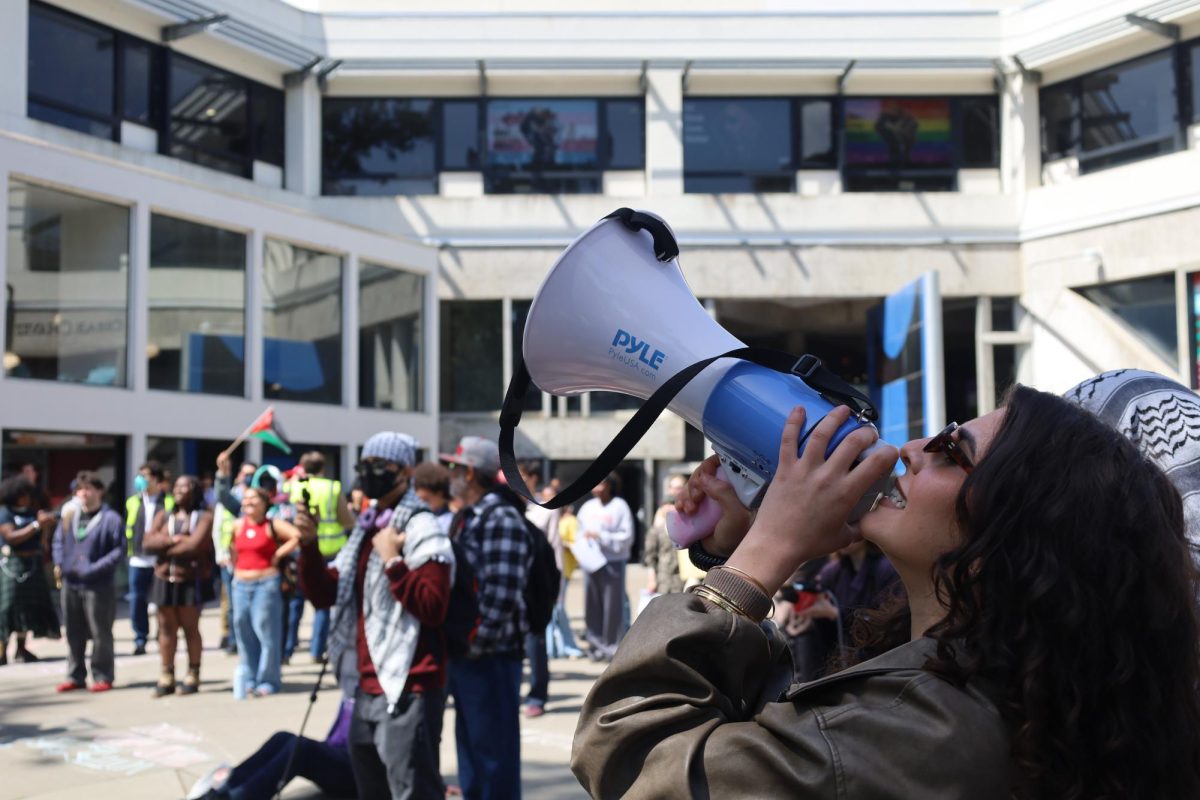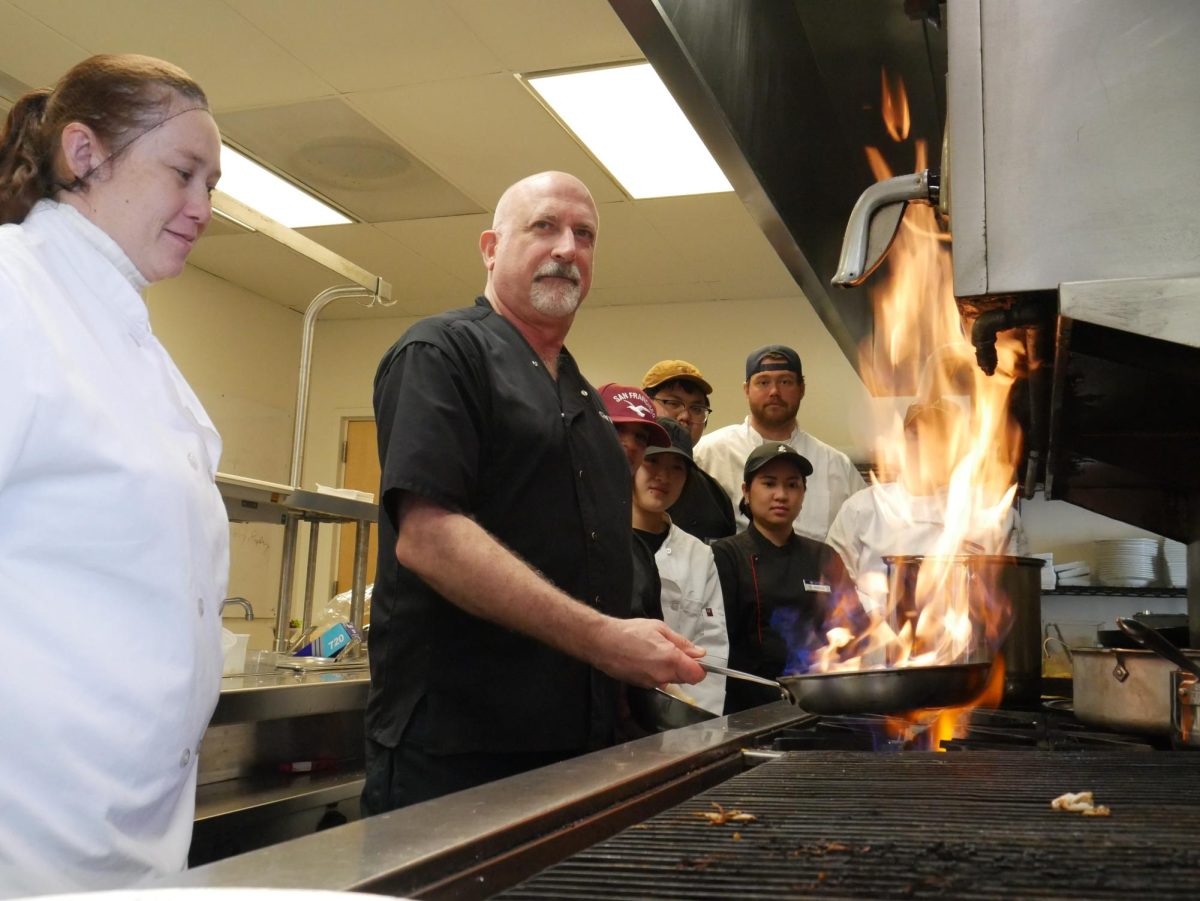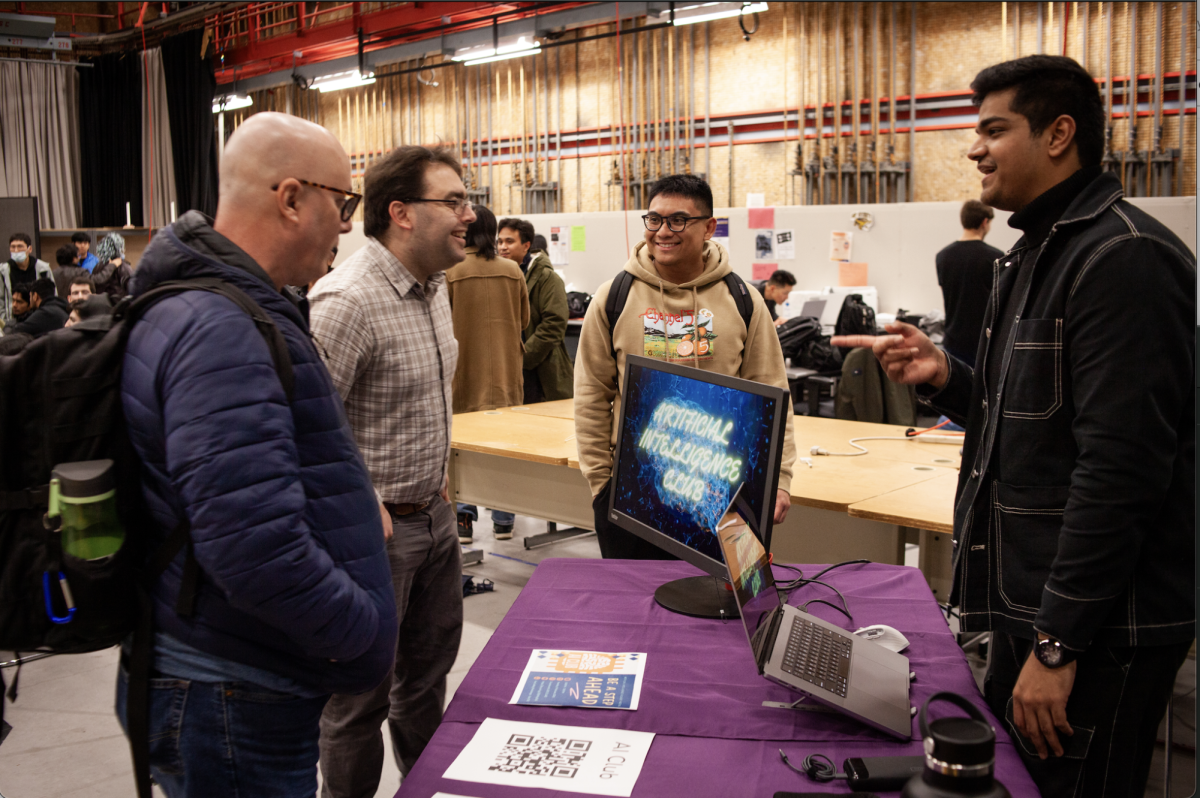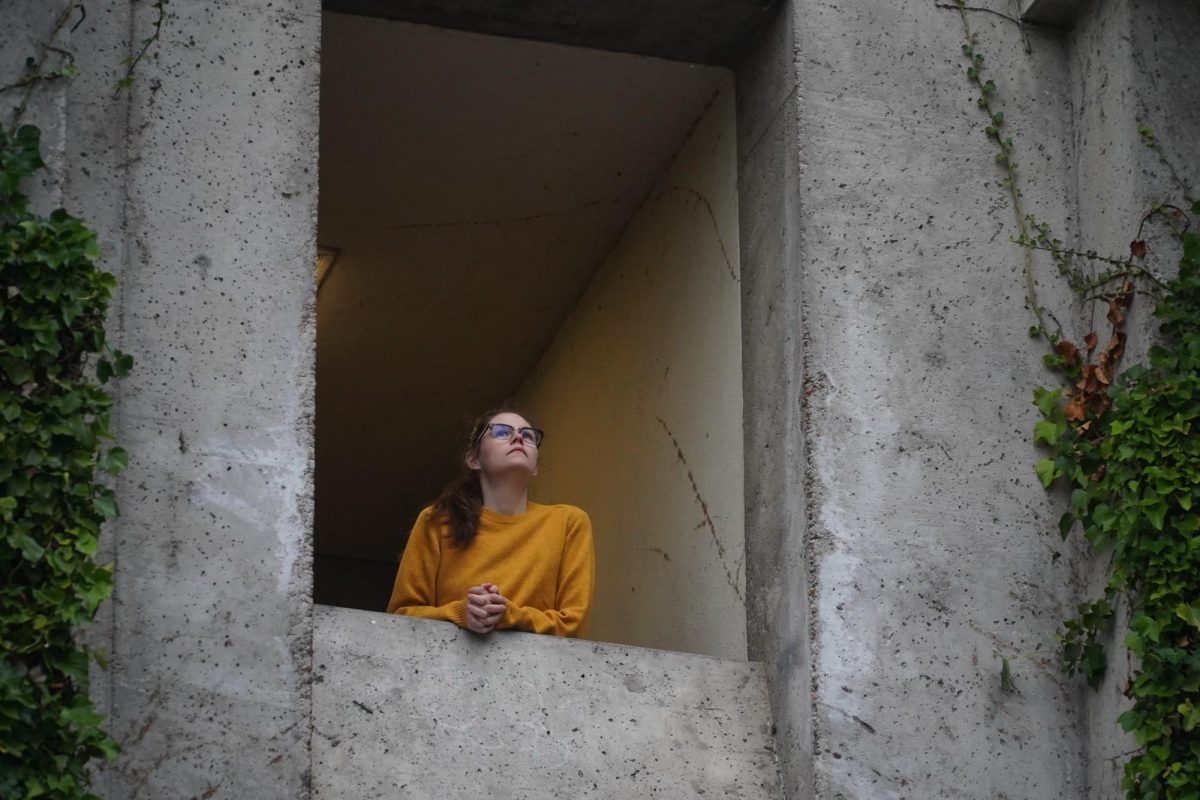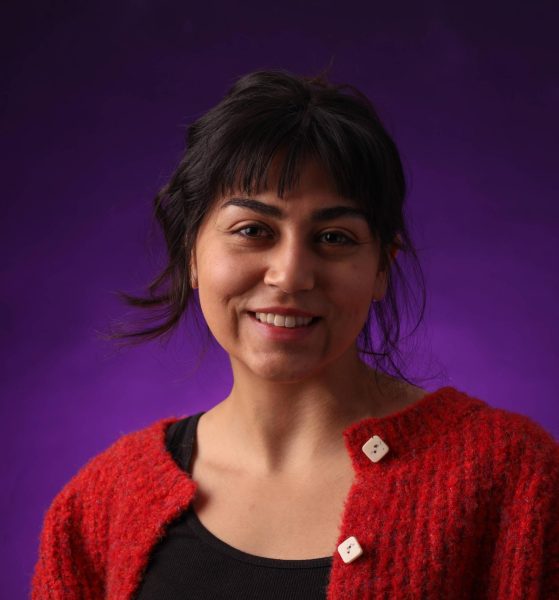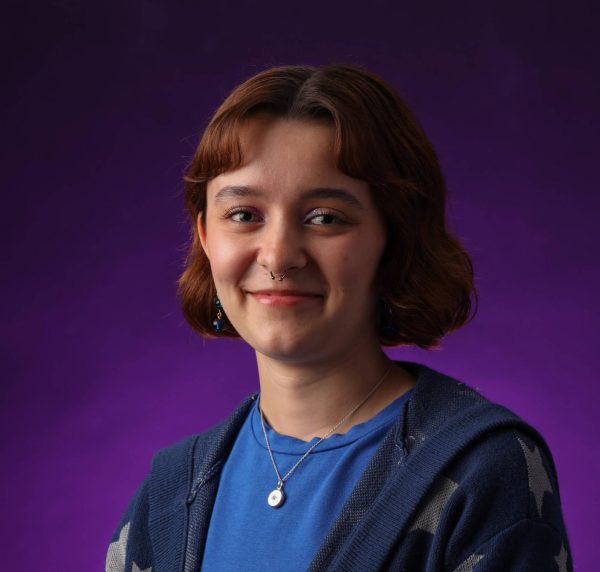The Indian Student Association lit up San Francisco State University with flickers of traditional music, food and dance to celebrate the Hindu festival of Diwali on Nov. 1.
“It’s like Christmas and Thanksgiving,” said Pankuri Khare, ISA President. “We worship together, decorate our houses together, sit together and in the evenings we eat Indian sweets together. All of us go outside to talk with neighbors to have friendly conversation and light firecrackers.”
With countless faux candles to act as diyas and a mesh of orange, yellow and red, ISA transformed Jack Adams Hall into a lively gathering and sanctuary for students who are reminiscent of family festivities back at home.
Out of 120 attendees, many were international students from India. Khare said despite being so far away, she and ISA ensure their experience is a close second.
“We try to keep that culture alive within us,” she said. “They can’t feel at home fully because you can’t replace family, but we try to make them feel at home.”
In India, Diwali isn’t fully celebrated without its signature staple of fireworks. Despite not being able to light up the sky on SFSU’s campus, the night stayed true to traditions with stories from thousands of years ago.
Also known as the “festival of lights,” Diwali originates from Hindu mythology and varies depending on which part of India you are from.
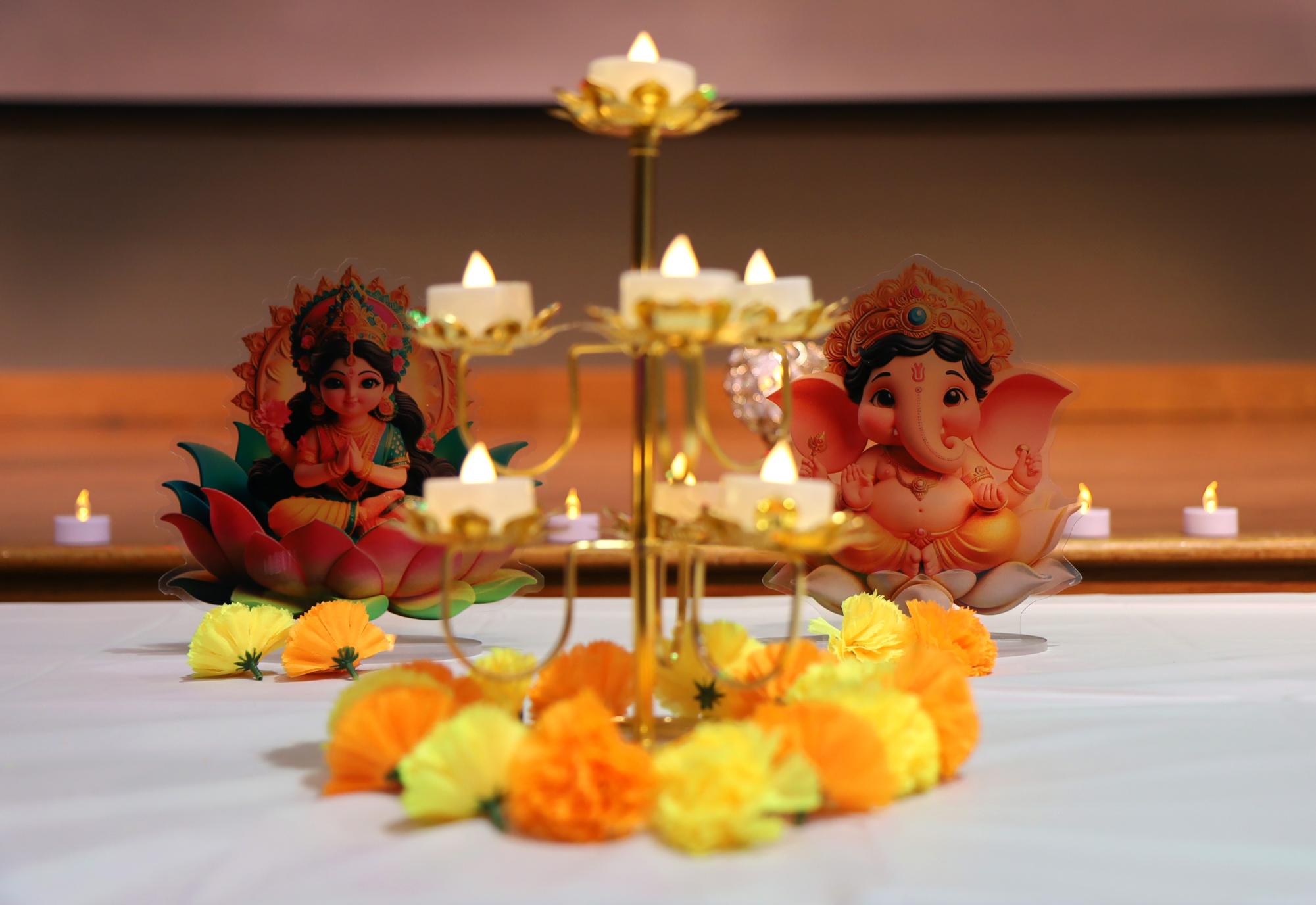
The basis of the story follows Lord Rama, his wife Sita and his brother Lakshmana after they were forced into a 14-year exile. The legend says that when Sita is kidnapped by the demon king Ramana, Lord Rama rescues her. As a welcome back, the villagers lit their path with lamps called “diyas” and cleaned their homes.
“All the villagers lit diyas,” said Aniket Soni, the social media manager of ISA. “So that’s why we light diyas. That’s what Diwali symbolizes — the winning of good over evil.”
When asked about how Diwali is observed in India, international student Keyur Savalia said the “whole city would be covered in color.” In San Francisco, Savalia is happy to make new connections.
“We miss home, but it’s family away from family,” Savalia said about ISA. “And making friends. It’s a great time and just to forget about everything.”
To bring a familiar feel to the campus’ Diwali activities, ISA officers led a joint prayer with singing and later into the night performers swirled across the stage in sparkled sarees and other traditional Indian attire.
However, the spirit of the holiday was not complete without mehndi artists covering attendees’ arms with intricate designs and groups of old and new friends competing in heated matches of tambola, an Indian version of bingo.
Shivani Sharon, a graduate student and dancer for one of the night’s performances, said the importance of Diwali is in the light.
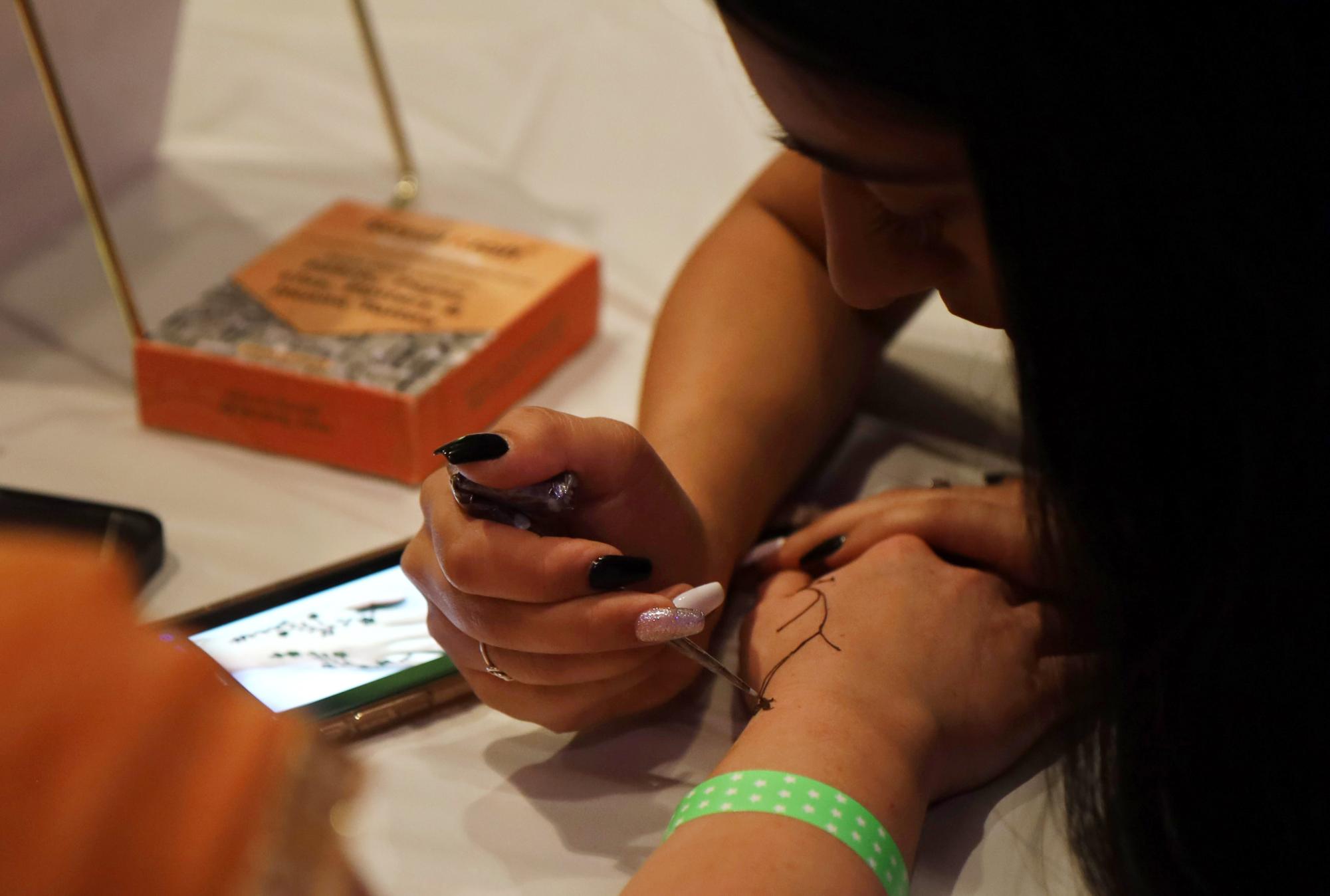
“It’s like lighting happiness,” Sharon said. “It’s like the lighting for a wish to come true. And then you’re lighting, in a way, for others to come join you.”
With more cultural holidays recognized in America, introducing cultural identities and customs to others isn’t nerve-wracking, said SFSU alum Shriya Dandin. Instead, teaching her friends about who she is personally is a joyful process.
“Now that Diwali is more of something that everyone around the world knows about,” she said. “I’m able to celebrate and display my culture to my other friends who aren’t Indian. It feels very nice to be able to kind of give them a vision into who I am as a person and this side of me.”
For international and Indian American students, the presence of Diwali on campus is not only what brings them together but reminds them of who they are and where they come from.
“I feel like sometimes you sort of forget that there’s another side to you being an Indian American and you just kind of stick to being American,” Dandin said. “It’s so simple to celebrate and it’s so beautiful because it brings everyone together in India. It’s this one event that all of us are together and all of us celebrate.”






